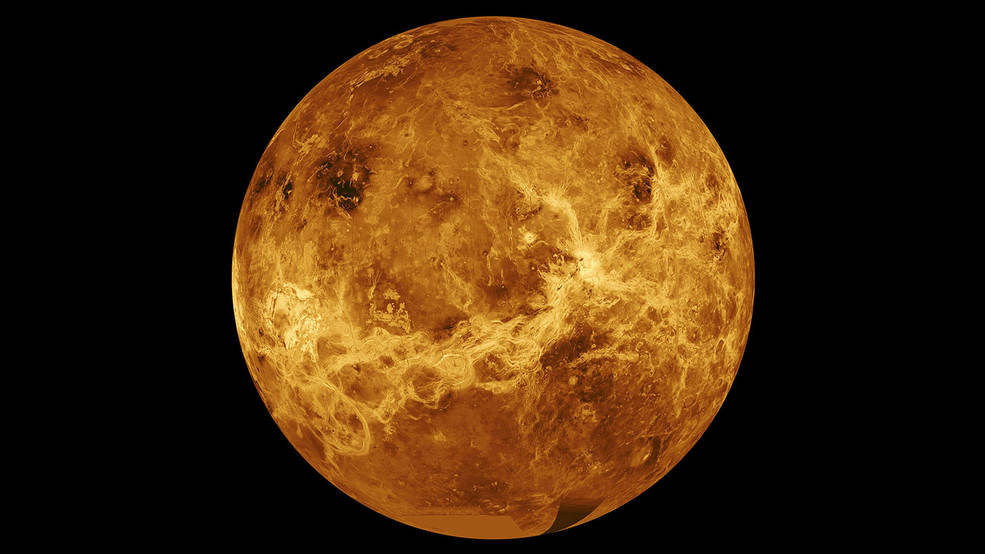
NASA has announced the selection of two new deep space missions to Venus, Earth’s closest neighboring planet.
NASA is returning to Venus in order to obtain a deeper understanding of the planet’s history, which experts believe may have been the solar system’s first habitable planet.
Bill Nelson, the chief of the US space agency, outlined plans for two distinct and ambitious deep space missions to Earth’s nearest neighbor on Wednesday. He stated launches would occur between 2028 and 2030.
Will you offer us a hand? Every gift, regardless of size, fuels our future.
Your critical contribution enables us to maintain our independence from shareholders or wealthy owners, allowing us to keep up reporting without bias. It means we can continue to make Jewish Business News available to everyone.
You can support us for as little as $1 via PayPal at office@jewishbusinessnews.com.
Thank you.
NASA has set aside $1 billion in developmental money for the two missions, which will be the first by the US since 1989. The Magellan spacecraft, which management sent crashing into the nothingness of Venus’s atmosphere at the end of its five-year mission in 1994, delivered never-before-seen photos of the planet’s cratered and volcanic surface, which NASA is now investigating further.
“It’s surprising how little we know about Venus, but the combined results of these missions will teach us everything we need to know about the planet, from the clouds in its sky to the volcanoes on its surface to its very core,” Tom Wagner, NASA’s discovery program’s chief scientist, said.
“It will be as if we have found the planet for the first time.”
The space agency’s first mission, chosen from a shortlist of four concepts first unveiled in February 2020, is Davinci+ (deep atmosphere Venus investigation of noble gases, chemistry and imaging).
It will determine the makeup of the planet’s atmosphere in order to better understand its formation and evolution, as well as if the planet ever had an ocean, NASA added.
Additionally, it will return the first high-resolution images of Venus’ geological features called tesserae, which scientists say are akin to Earth’s continents.
The second mission, dubbed Veritas (Venus emissivity, radio science, InSAR, topography, and spectroscopy), will survey the surface of Venus in order to ascertain the planet’s geologic history and better comprehend why it developed so differently than Earth. Surface elevation images will enable the building of three-dimensional reconstructions of topography and will provide information on whether volcanic activity is still occurring.
The publication Scientific American hailed the revelation as a departure from NASA’s infamous “Venus curse,” in which the space agency is thought to have neglected other planets in favor of a recent concentration on Mars.
Thomas Zurbuchen, associate administrator for science at NASA, lauded what he dubbed “a decade of Venus” in order to “understand how an Earth-like planet can become a greenhouse.”
“Our objectives are lofty,” he stated. “It is not just about comprehending the development of planets and their habitability inside our solar system, but also about expanding these boundaries to include exoplanets, an exciting and emerging area of research for NASA.”



